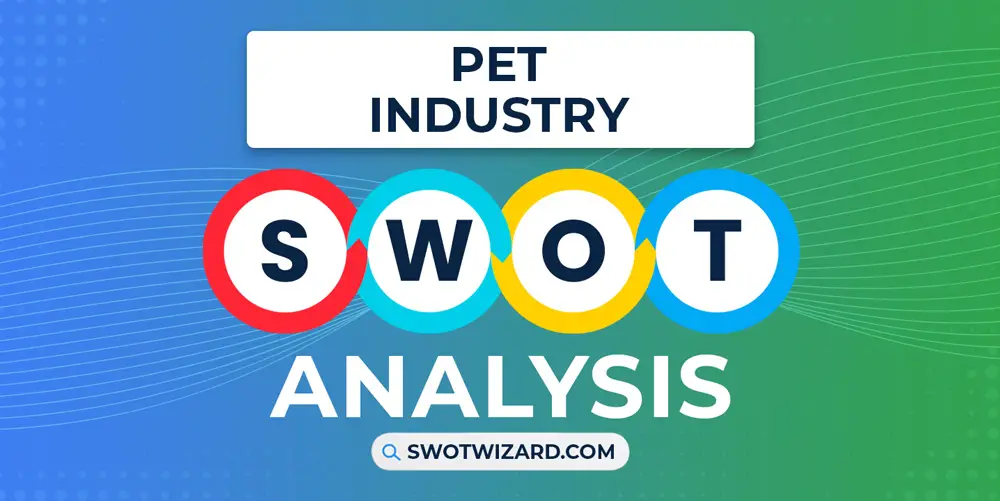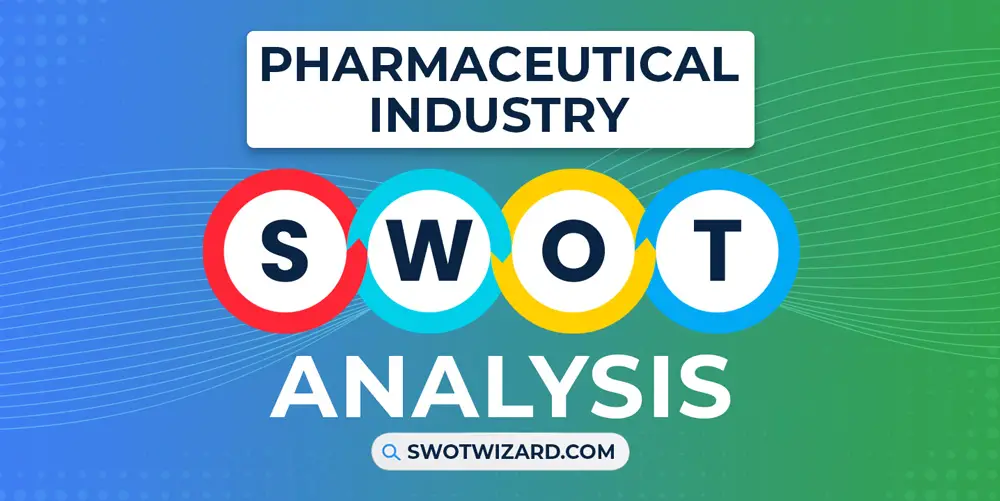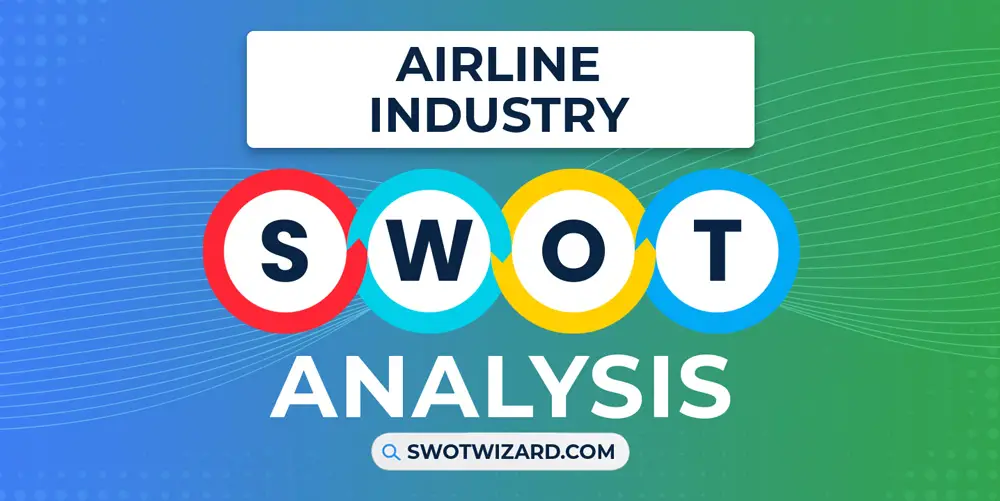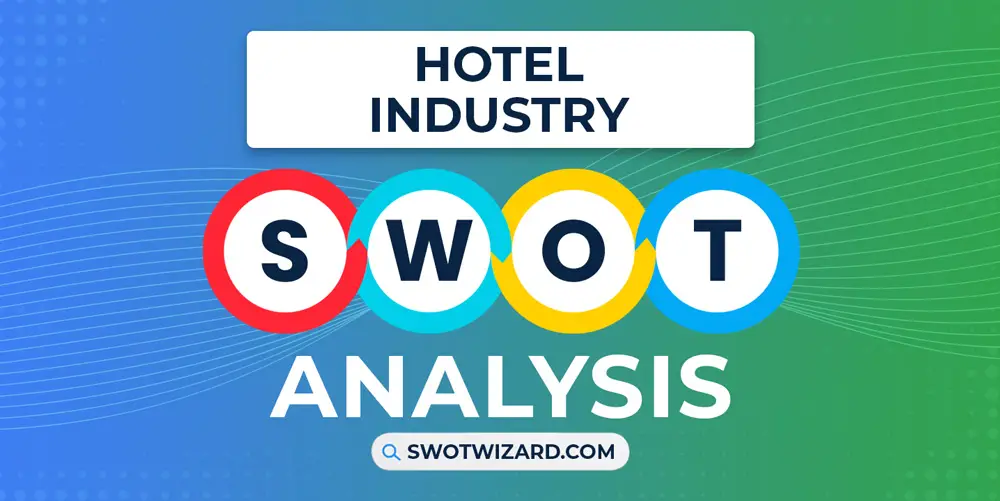The pet industry has been commercializing even though these pets have been a part of our daily lives in one way or another from the very beginning of human history. And we will get to know more about the business sides of the industry in this pet industry SWOT analysis.
Pet Industry Overview
Even though human beings have always been closer to pets than humans, the modern pet industry originated in the 1860s and underwent rapid expansion from the 1950s as pet ownership rates surged in developed economies.
The industry is now valued at over $200B worldwide as of 2022, and North America and Europe dominate with over 70% market share. Besides, the wider industry employs an estimated 2M in manufacturing, retail, and veterinary services globally.
Competitors in Pet Industry
Mars | Nestle | Spectrum Brands | Symrise | Unicharm | Fresh Pawz
Did You Know?
Americans spend over $70B annually on their pets, more than the entire GDP of Luxembourg or Iceland!
Strengths – Pet Industry SWOT Analysis
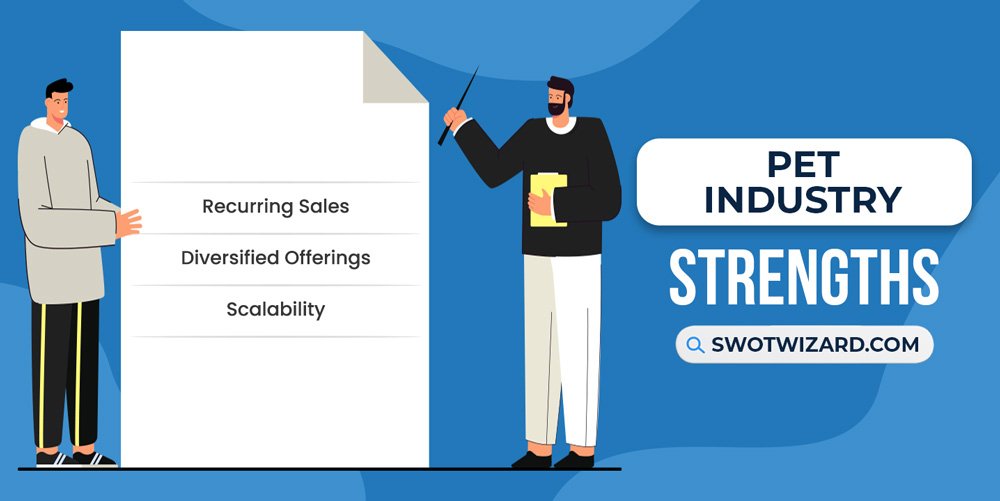
Recurring Sales: The industry has recurring revenue streams across categories like pet food, treats, medication, and consumables. As per APPA statistics, pet owners spend over $30B per year just on pet food annually, including staples like dry food and wet food, which require regular restocking and drive repeat purchases. Categories like medication and supplements also lend themselves to recurring sales.
Diversified Offerings: Companies in the pet industry have highly diversified product and service offerings catering to a wide range of pet types, breeds, ages, and specific needs. Nestle Purina and Mars had pet care product portfolios spanning pet food, treats, litter, cleaning solutions, cages, conditioners, toys, apparel, and more, allowing tapping different revenue streams. Within food alone, there are options for puppies, senior pets, breed-specific, veterinary, prescription diets, and so on.
Scalability: With steady uptrends in pet ownership and spending across most world markets, existing companies can readily grow their customer base. Prominent players like Mars Petcare, Nestle Purina, and JM Smucker have consistently expanded output and locations. Smaller companies also have ample runway to scale up, leveraging channels like big-box retail, e-commerce, and direct-to-consumer.
Weaknesses – Pet Industry SWOT Analysis
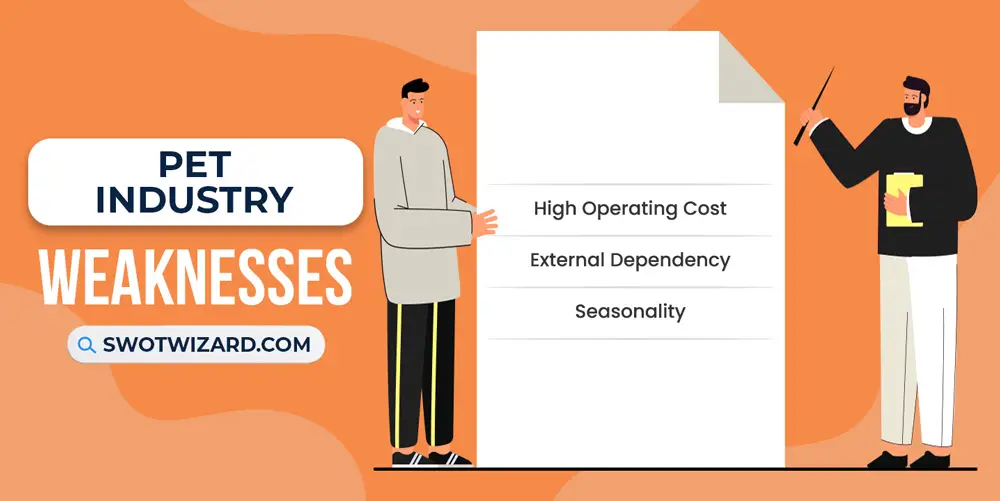
High Operating Cost: The pet industry faces substantial operating costs across the supply chain, and in pet food, essential expenses related to procuring, transporting, and safely storing large volumes of raw meat, fish, grains, and produce. Mars Petcare and Nestle Purina spend over $10B annually on ingredients alone.
External Dependency: Pet sector performance heavily relies on external variables outside individual companies’ control. These include general economic health impacting consumer discretionary spending, trends in pet ownership rates, seasonal demand shifts, and even weather events influencing inventory levels.
Seasonality: Some pet offerings dealing with grooming, boarding, or travel display seasonal demand that companies must contend with. If we look at the data, Pooch Hotel centers see peak boarding volumes coinciding with popular travel periods around summer breaks and winter holidays when more families take vacations, and grooming services likewise fluctuate with higher demand around spring and summer.
Opportunities – Pet Industry SWOT Analysis
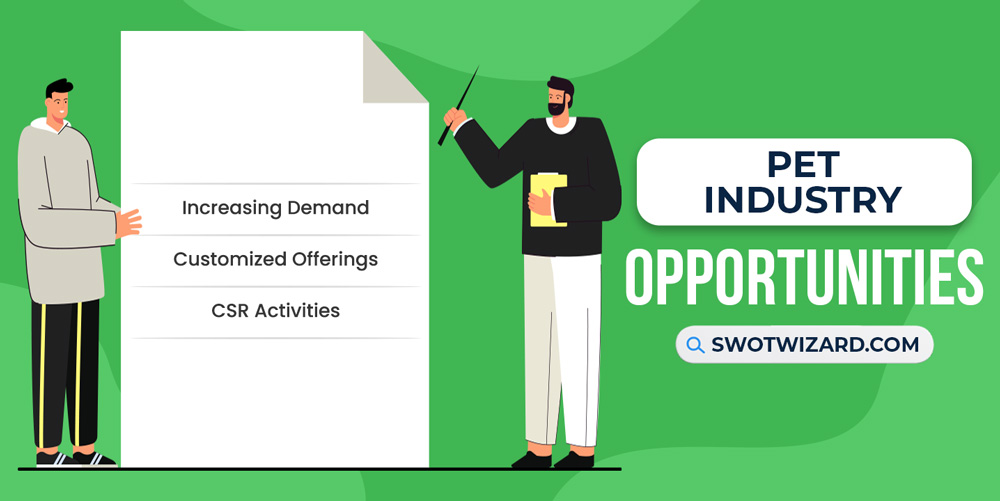
Increasing Demand: Pet population and ownership rates continue upward solid trends, fueling growth. If we look at the data, 70% of US households own a pet, up from 56% in 1988. The dog population has grown over 20% in a decade to 90M, while cat ownership is up 30% to 94M pets. And over $123B is spent annually on pets in the US alone.
Customized Offerings: With greater consumer willingness to pamper pets, there is scope for customized and premium products, span-made-to-order pet foods, personalized toys and gear, breed, and age-specific grooming packages, tailored training programs, and more. In the process, platforms like Farmer’s Dog offer customized meal plans for dogs, balancing nutrition with food sensitivities and preferences.
CSR Activities: Giving back and CSR also offer brand-building potential. Many companies are doing it, such as Petco sponsoring free animal adoption events with pet supplies donations, Pawscout does animal rescue volunteering, and PetSmart partners in pet fostering programs. These not only support worthy causes but engage local communities for the companies involved.
Threats – Pet Industry SWOT Analysis
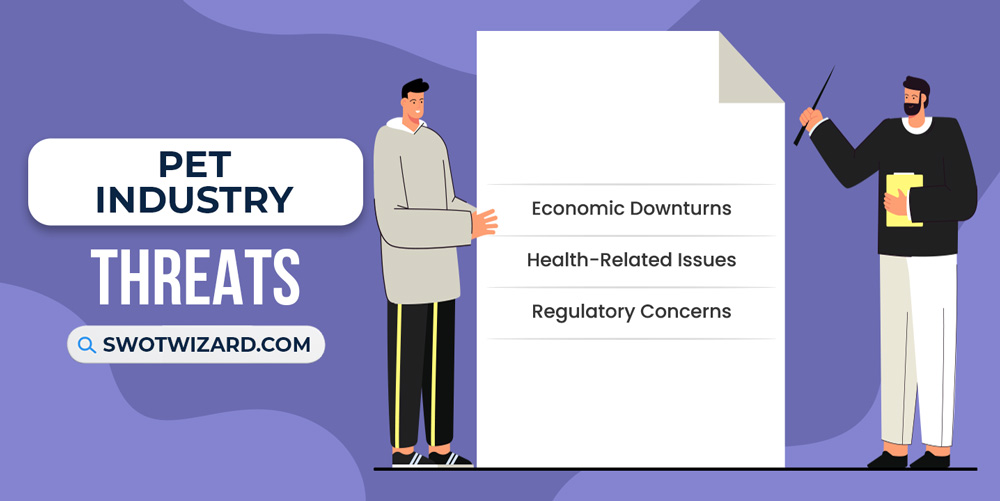
Economic Downturns: Pet spending has proven sensitive to economic declines and recessions, squeezing consumer discretionary budgets. According to data, the 2007-2009 recession brought a sizable dip in the hitherto fast-growing pet food category. While the COVID pandemic triggered record industry growth, future downturns can still dampen performance.
Health-Related Issues: In 2018, the FDA investigated a link between grain-free diets and canine heart disease, which spooked consumers. Companies like Bravo and Nutrisca faced backlash over diet-associated DCM cases. In 2021, Midwestern Pet Foods and Sunshine Mills both recalled pet foods over salmonella and mold concerns.
Regulatory Concerns: Expanding regulation around pet products and services also poses challenges. FDA rules around pet food ingredients, nutritional standards, and label requirements are maturing. Besides, States introduce stringent rules around breeding, shelter practices, and pet commerce. Not just that, even service areas like boarding and daycare now face more oversight and licensing requirements than before.
[Bonus Infographic] SWOT Analysis of Pet Industry
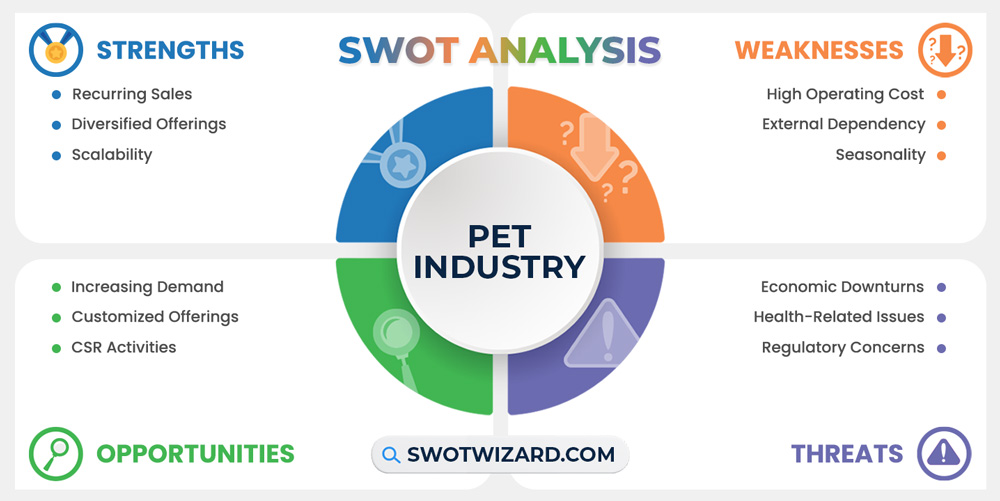
Recommendations for Pet Industry
Here are some recommendations for the ever-green and growing pet industry;
- Expand in faster-growing offerings like veterinary services, pet tech, and pet insurance, where spend is increasing annually.
- Enable personalization across pet food, treats, toys, and gear to justify higher price points and drive customer loyalty.
- Prioritize health and safety to build consumer confidence and trust and rigorously vet ingredients, suppliers, and contract manufacturers.
- Develop ethical sourcing policies and welfare standards even without mandates and help define codes of practice for the industry.
Frequently Asked Questions (FAQs)
What are the 2 most popular pets?
The 2 most popular pets are dogs and cats.
What country buys the most pet products?
The USA buys the most pet products.
Final Words on Pet Industry SWOT Analysis
The pet industry exhibits steady, resilient growth driven by favorable consumer trends and supported by factors like recurring revenues, diversification, and scalability. However, players need to manage high costs and external risks while exploiting opportunities around customization, CSR, and expanding demand. Staying ahead of health worries and regulations will also allow leveraging market strengths while mitigating critical threats over the long term.

